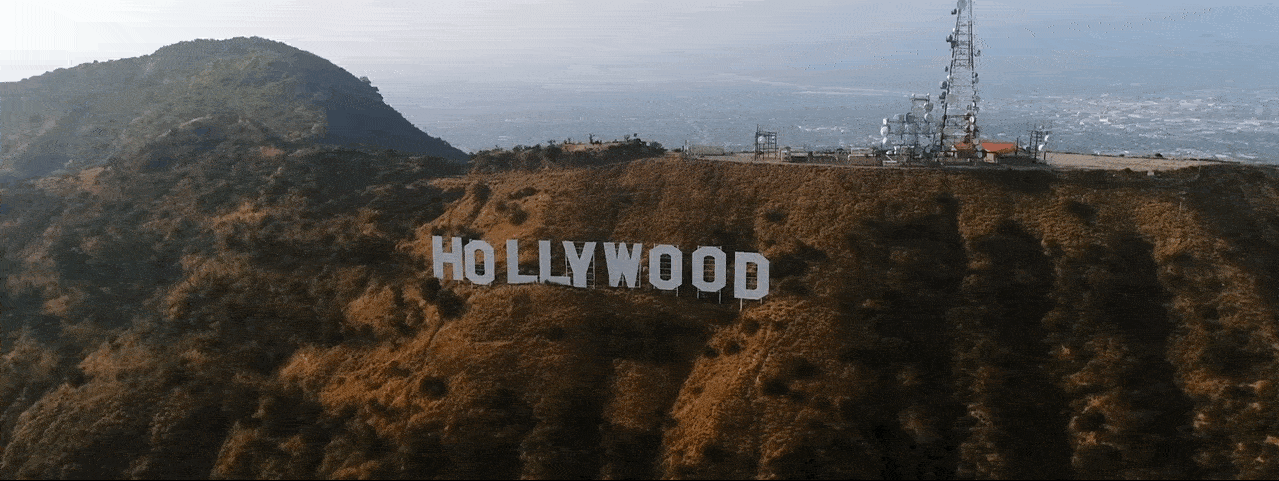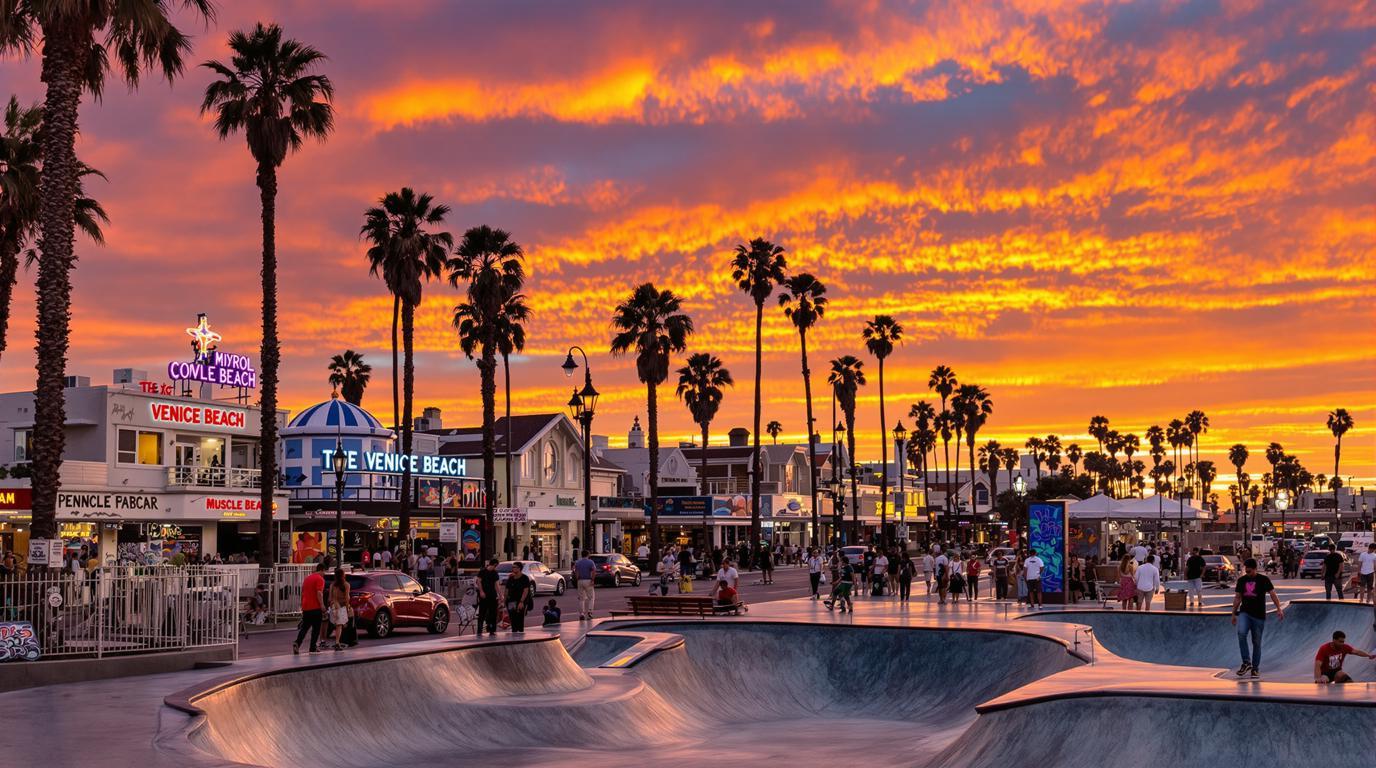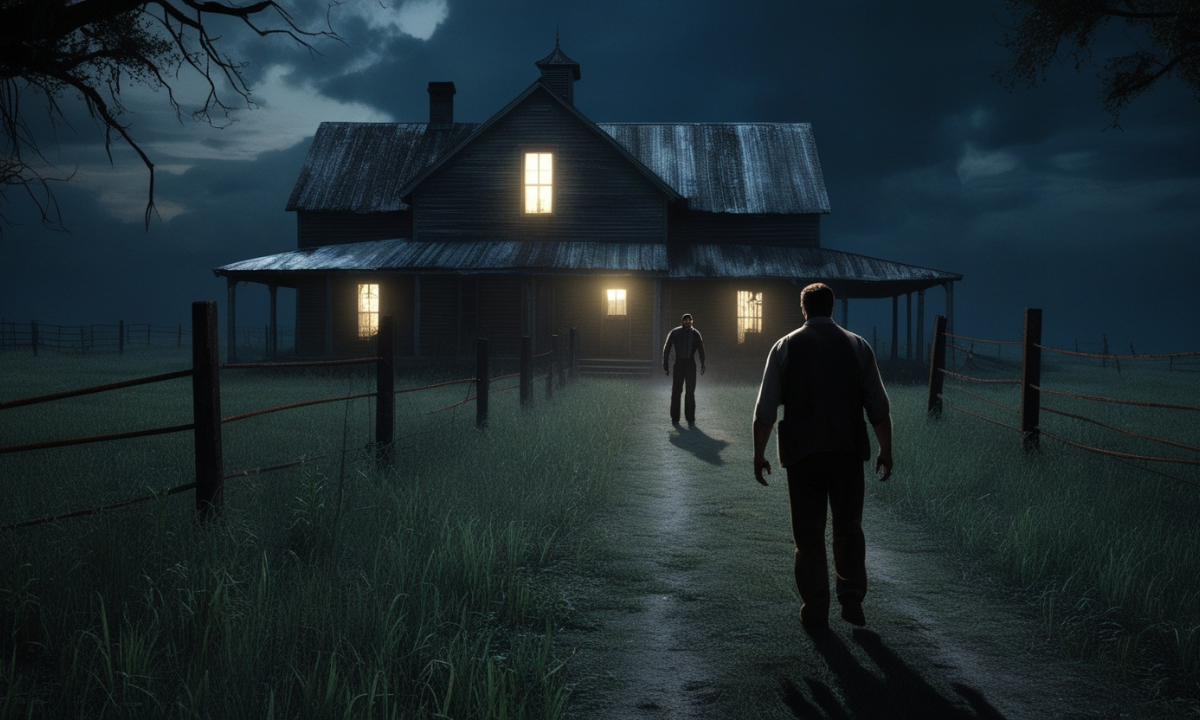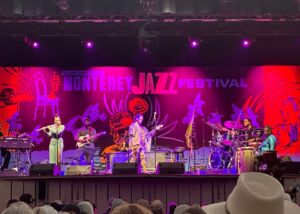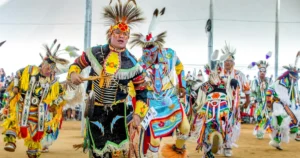What It’s Like to Attend the Grunion Run in Southern California. Southern California is known for its epic surf, dazzling sunsets, and laid-back coastal culture. But once or twice each month between March and August, something utterly magical — and strangely surreal — happens along its moonlit shores: the grunion run. It’s not a concert or a human performance but a natural one, orchestrated by silvery fish known as grunion, who ride the waves to spawn on the beach in a moon-driven dance that lasts only a few precious hours. For many lifelong residents and curious travelers, witnessing the grunion run is more than a quirky California bucket list item — it’s a rite of passage, a memory-maker, and a chance to connect with the natural rhythms of the Pacific. In a state defined by both high-tech innovation and ancient landscapes, the grunion run reminds us of nature’s timeless rituals that continue undisturbed — as long as we know where, when, and how to look.
The History Of The Grunion
The grunion, or *Leuresthes tenuis*, are small silvery fish found only along the coast of Southern California and northern Baja California. What makes them special — and the reason crowds gather on beaches late at night — is their unusual spawning behavior. Unlike most fish that lay eggs in the water, grunion ride the incoming tide onto the sand, where the females wriggle into the soft shore to lay their eggs, and males wrap around them to fertilize the clutch. Then, just as quickly, the fish ride the next wave back into the ocean. This entire process happens under the cover of night, specifically on the nights following a full or new moon, when tides are highest and the beach is just moist enough for the eggs to survive until the next lunar cycle washes them back to sea. It’s a behavior so rare and specific that grunion have fascinated marine biologists, naturalists, and beachgoers for decades.
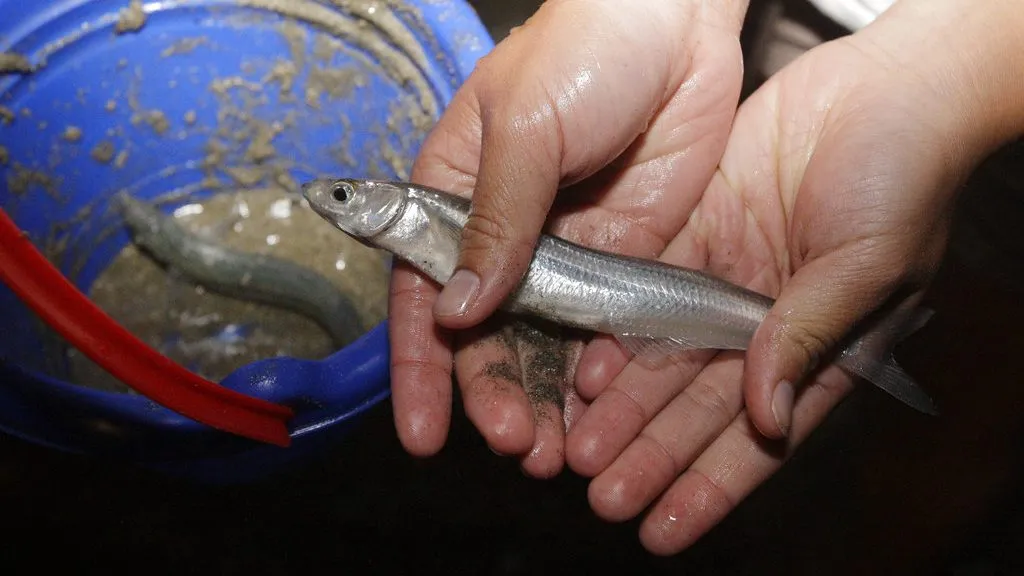
So, what’s it really like to attend a grunion run? First of all, it requires patience — and a willingness to stay up late. The fish usually appear after 10 p.m., and sometimes closer to midnight, depending on the tide. You’ll need to check the grunion run schedule published annually by the California Department of Fish and Wildlife, which predicts optimal dates and beaches based on lunar cycles and tide charts. Popular viewing spots include beaches in Malibu, Cabrillo Beach in San Pedro, Doheny State Beach in Dana Point, and La Jolla Shores in San Diego. Some beaches, like Cabrillo, even host educational programs with naturalists and guided group viewings, making it an ideal destination for families or first-timers.
Event Culture
When you arrive at the beach, there’s a certain buzz in the air — a mix of excitement, curiosity, and wonder. Flashlights glow faintly behind hands, muffled voices whisper as people scan the shoreline, and children try to contain their giddy energy while digging their toes into the sand. The moonlight reflects off the ocean in a way that feels cinematic, and the shoreline becomes a stage waiting for its stars to arrive. And then, suddenly, they do. With no warning, small flashes of silver appear in the surf. People rush closer. The grunion start coming ashore in groups, slithering and flipping in the wet sand. Some stay for mere seconds; others pause long enough for you to witness the complete spawning ritual. If you’re quiet, still, and respectful, you might get to watch dozens — sometimes hundreds — of grunion moving like quicksilver across the tide line. It’s mesmerizing, bizarre, and profoundly beautiful.
The experience is unforgettable not just for the sight of the fish themselves, but for the feeling it evokes. There’s something ancient and sacred about standing barefoot in the sand, under the stars, watching a creature follow instincts older than human memory. For locals, it’s a beloved tradition — something passed down from grandparents to grandchildren. Many remember being taken to the grunion run as kids, wrapped in blankets and beach towels, hot chocolate in hand, and now return with their own families to relive that magic. For newcomers, it’s a deeply personal discovery — the kind of secret that makes you feel like you’ve been let in on one of nature’s best-kept surprises.
Event Regulations
It’s also worth noting that during open seasons (which vary depending on conservation regulations), participants with a California fishing license can legally collect grunion by hand — no nets or tools allowed. But most grunion runs are protected as viewing-only events, and many choose to simply observe without disturbing the fish. Conservation is key, as overharvesting and environmental changes have threatened grunion populations over time. Organizations like the Grunion Greeters, a volunteer program through the Cabrillo Marine Aquarium, help monitor runs, educate the public, and ensure this unique phenomenon continues for future generations.
While the grunion run is the main attraction, the overall ambiance of the event is equally memorable. Bonfires crackle in the distance, ocean waves hum in the background, and there’s often a shared feeling of camaraderie among those waiting on the shore. Unlike traditional tourist events, this one has no entry fee, no stage, and no VIP section. It’s open to anyone with curiosity and a little patience. It’s this democratic spirit — the shared awe of something wild and wonderful — that makes attending a grunion run feel so uniquely Californian.
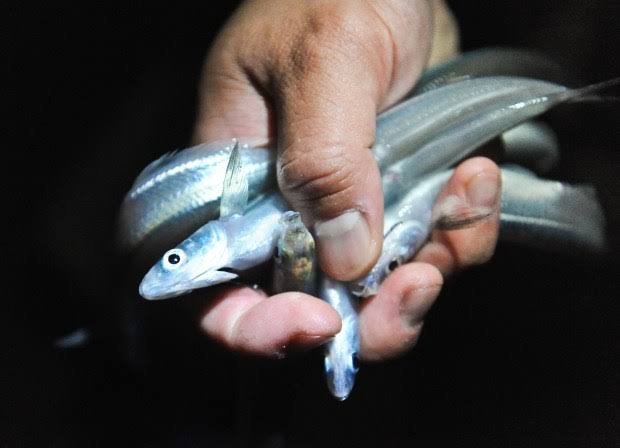
Photographers and filmmakers often find the grunion run to be an irresistible subject. Capturing the reflective shimmer of the fish under moonlight, or the expressions of children witnessing the event for the first time, makes for powerful visual storytelling. But the event isn’t just a spectacle — it’s also a learning opportunity. Schools across Southern California incorporate the grunion run into their marine science curriculum, and field trips are organized around it. As environmental awareness grows, so too does appreciation for natural events like this, which highlight the fragile balance of ecosystems and the importance of coastal conservation.
In a time when most entertainment is packaged, edited, and served via screens, the grunion run stands out as a pure, real-time phenomenon. There’s no app that can simulate the feeling of sand under your feet, the ocean breeze on your skin, or the thrill of spotting that first flash of silver at the water’s edge. It’s a reminder that California’s most magical moments often can’t be bought or scheduled — they have to be experienced, with open eyes and a willing heart.
Conclusion
So, if you find yourself in Southern California during the spring or summer months, skip the overcrowded clubs and head for the shoreline instead. Bring a flashlight with a red filter (to protect the fish’s sensitive eyes), a warm jacket, and a sense of wonder. Because when the moon is right and the tide is high, the beach becomes a living dance floor, and the grunion — humble, shimmering, and extraordinary — take center stage in one of nature’s most underrated performances.

